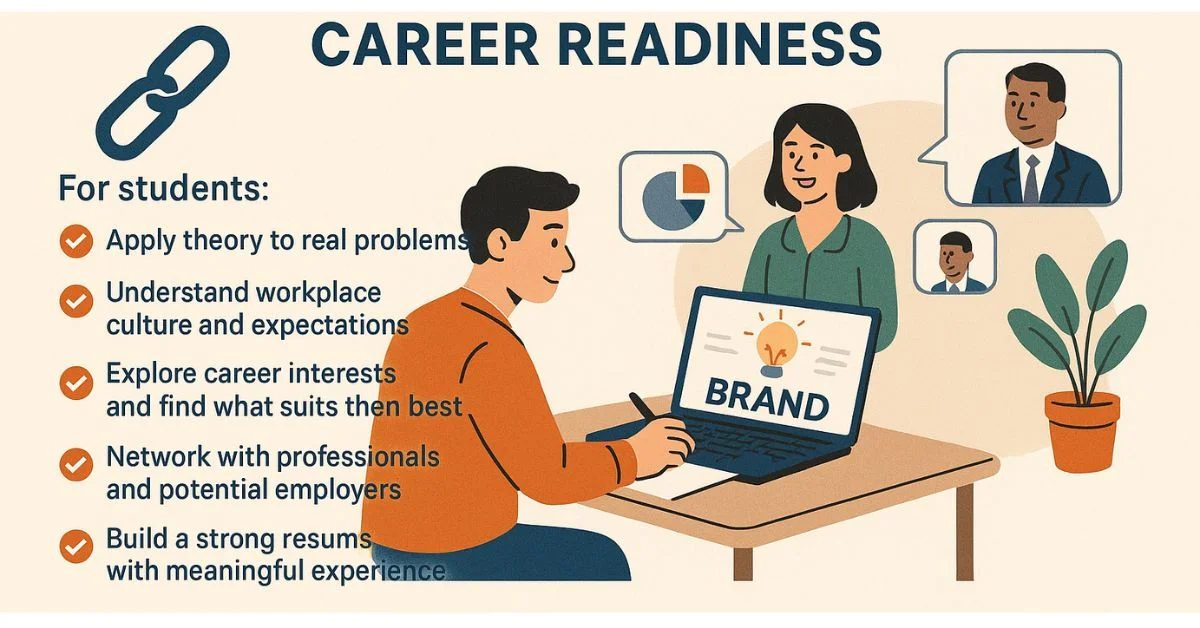Table of Contents
- Introduction to Indirect Medical Education
- What is Indirect Medical Education?
- How Indirect Medical Education Payments Work?
- Why Indirect Medical Education Matters for Teaching Hospitals?
- Indirect Medical Education Supports Future Doctors
- How Indirect Medical Education Benefits Patients?
- Difference Between Indirect and Direct Medical Education
- Key Factors That Affect Indirect Medical Education Payments
- Challenges Facing Indirect Medical Education Funding
- Importance of Protecting Indirect Medical Education
- How Indirect Medical Education Shapes the Future of Healthcare?
- Conclusion
Introduction to Indirect Medical Education
Indirect medical education (IME) plays a major role in shaping the future of medicine. It is the hidden support system that keeps medical training going strong. While patients receive care, students and residents learn by doing real medical work. This hands-on approach needs funding, and that is where IME comes in. Understanding indirect medical education helps us see the value of supporting teaching hospitals and future doctors.
What is Indirect Medical Education?
Indirect medical education is a special type of funding given to teaching hospitals. This funding supports the training of new doctors and covers the extra costs linked to running a medical education program. These costs can include more staff time, the use of specialized equipment, and the complexity of treating patients while teaching. Unlike direct medical education payments, which go straight to training costs, IME supports the whole system around it.
Hospitals that provide training often deal with more difficult health cases and must keep standards high while training future professionals. IME helps balance these costs and keeps the medical system healthy.
How Indirect Medical Education Payments Work?

IME payments mainly come from Medicare, the U.S. health insurance program for older adults. These payments are part of the hospital’s Medicare reimbursement and depend on several factors, such as:
- The number of medical residents working in the hospital
- The ratio of residents to beds
- The volume of Medicare patients treated
Teaching hospitals get higher payments because they take on a bigger role in healthcare education and service. These payments are built into the hospital’s overall Medicare payment formula, which adjusts based on the training efforts of each hospital.
Why Indirect Medical Education Matters for Teaching Hospitals?
Teaching hospitals are different from other hospitals. They are not just places for treatment, they are also classrooms. Every day, students, interns, and residents walk hospital halls, learning how to diagnose, treat, and care for patients. This dual role increases the hospital’s workload and costs.
Without IME, many hospitals would not be able to continue their education programs. They might have to reduce the number of residents they train or stop offering certain specialties. This would reduce the number of skilled doctors in the future, leading to shortages in critical areas.
1. Teaching Hospitals Balance Care and Education
Teaching hospitals are not like regular hospitals. They treat patients, but they also serve as training centers for future doctors. Every day, medical students, interns, and residents learn by working with real patients under the guidance of experienced doctors. This setup helps them gain the skills they need to become confident and capable professionals.
Because of this dual role of teaching and treating, these hospitals face more pressure and higher costs. They need more staff, more time, and more advanced tools to train doctors properly.
2. IME Keeps Medical Training Alive
Without indirect medical education (IME) funding, teaching hospitals would struggle to maintain their training programs. They might have to limit the number of residents they accept or stop offering training in certain medical fields. This would directly affect the number of trained doctors in the future.
A drop in medical training could lead to serious problems, such as doctor shortages in important areas like emergency medicine, surgery, or rural healthcare. IME helps prevent this by supporting hospitals so they can continue teaching while still providing excellent patient care.
Indirect Medical Education Supports Future Doctors
A key purpose of IME is to build a strong base for medical education. Residents need experience to become good doctors. They need to see a variety of cases and learn from experienced mentors. IME helps hospitals afford these extra learning opportunities.
Residents trained in teaching hospitals often go on to work in community health centers, rural hospitals, and busy urban facilities. These doctors bring high-level skills to places that need them most. IME ensures that training is strong, widespread, and reliable.
How Indirect Medical Education Benefits Patients?
Patients are at the center of indirect medical education, even if they do not realize it. When a hospital receives IME funding, it can maintain higher standards of care. Doctors-in-training often work under the watchful eyes of senior physicians. This leads to more attention for each patient.
IME also allows hospitals to invest in cutting-edge technology and clinical research. This gives patients access to better tools and new treatments, including those not yet available in smaller hospitals. Care is not just reactive it’s innovative and forward-thinking.
Difference Between Indirect and Direct Medical Education
Many people confuse indirect and direct medical education. But there is a clear difference.
1. Direct Medical Education (DME):
- Covers specific training costs like salaries, books, and teaching staff
- Directly supports the classroom and lecture-based part of medical learning
2. Indirect Medical Education (IME)
- Supports patient care tied to medical training
- Helps hospitals manage more complex patients and increased care levels
Both funding types are needed, but IME helps connect real-world hospital care to the training process. It blends theory with practice.
Key Factors That Affect Indirect Medical Education Payments
Several things affect how much IME money a hospital receives:
- Teaching Intensity: How many residents a hospital has matters.
- Medicare Volume: Hospitals that see more Medicare patients receive more support.
- Hospital Size: Bigger hospitals usually get more IME payments.
- Case Mix Index: Hospitals with more complex patients receive extra payments.
Hospitals that meet these criteria are recognized as major centers of learning and care. IME helps keep their programs running without cutting corners.
Challenges Facing Indirect Medical Education Funding
Despite its benefits, IME faces constant challenges. Some critics argue that funding is not always used fairly or clearly. They also say the payment formula favors large teaching hospitals and leaves smaller hospitals behind.
Other challenges include:
- Government budget cuts affecting healthcare spending
- Changing rules around Medicare funding
- Lack of understanding about IME’s role in society
If these challenges are not addressed, teaching hospitals could lose vital support. That would affect medical education, future staffing, and patient care quality.
Importance of Protecting Indirect Medical Education
Protecting indirect medical education is more important than ever. As healthcare changes, we need strong systems to train future doctors. We also need hospitals that can handle the growing demand for specialized care.
Supporting IME helps:
- Prevent doctor shortages
- Keep training programs up-to-date
- Support underserved areas with better-trained doctors
- Maintain high standards of care in hospitals
Policymakers should see IME as an investment in the future, not just an expense. It protects public health in the long run.
How Indirect Medical Education Shapes the Future of Healthcare?

IME has long-term benefits that shape how healthcare works for everyone. It builds a strong foundation by investing in knowledge, experience, and service. Hospitals with IME funding lead in research, innovation, and medical safety.
They also train diverse doctors who go on to serve in many fields family medicine, surgery, emergency care, pediatrics, and more. Every future doctor needs the kind of real-world training that IME supports.
With continued funding and attention, indirect medical education can keep healthcare smart, strong, and ready for future challenges.
Conclusion
Indirect medical education is not just about money. It is a key part of how hospitals help new doctors learn, treat patients, and improve the way healthcare works. IME helps hospitals teach while still giving top-quality care. This support helps everyone medical students, trained doctors, hospitals, and most importantly, the patients who need good treatment.








